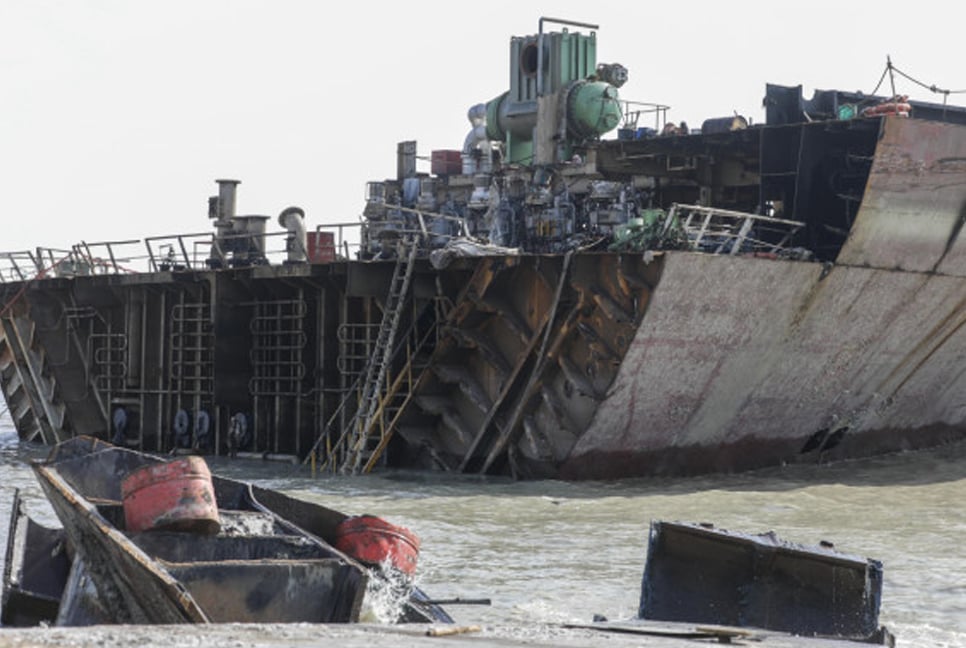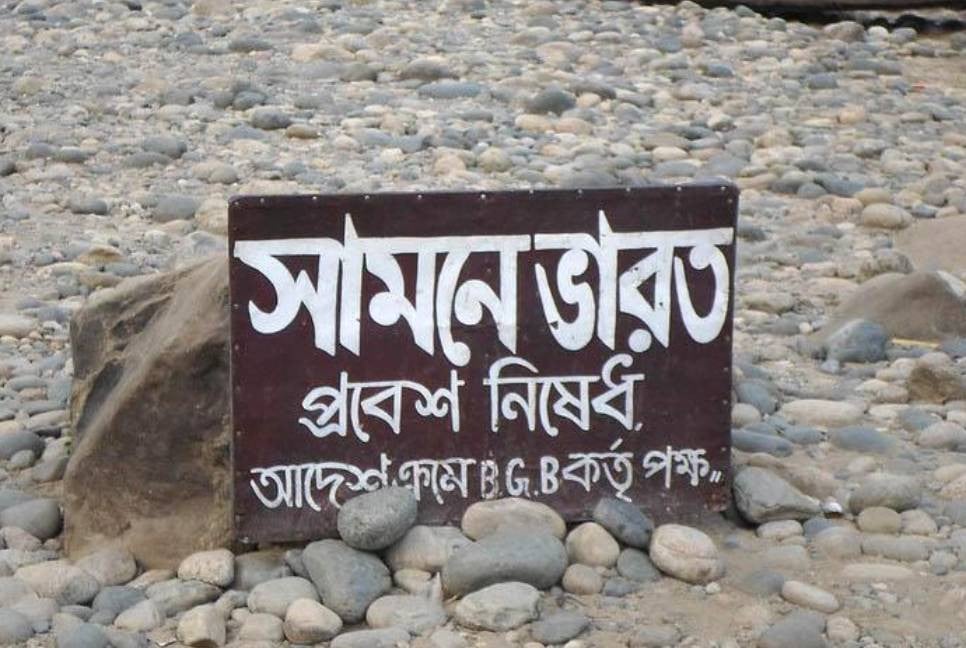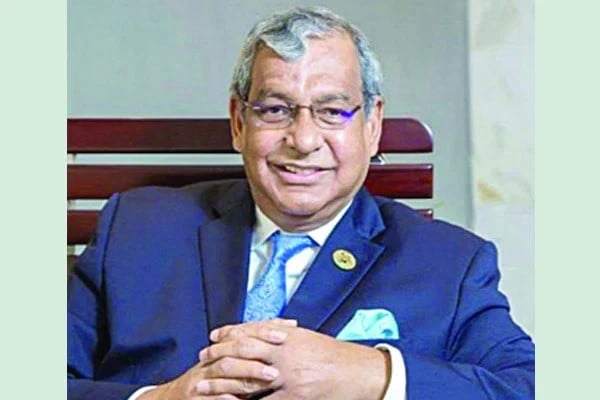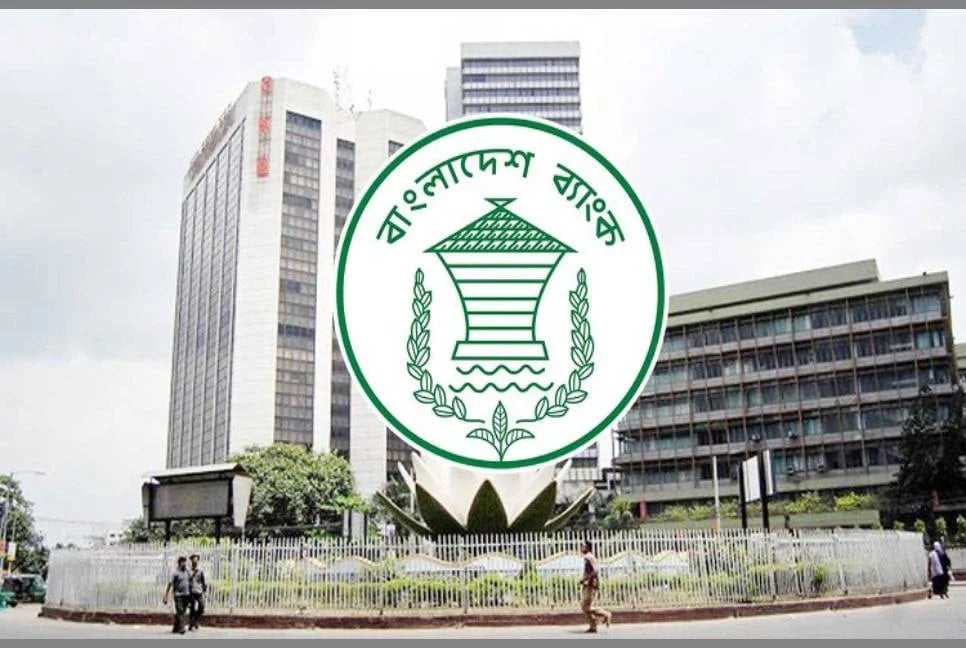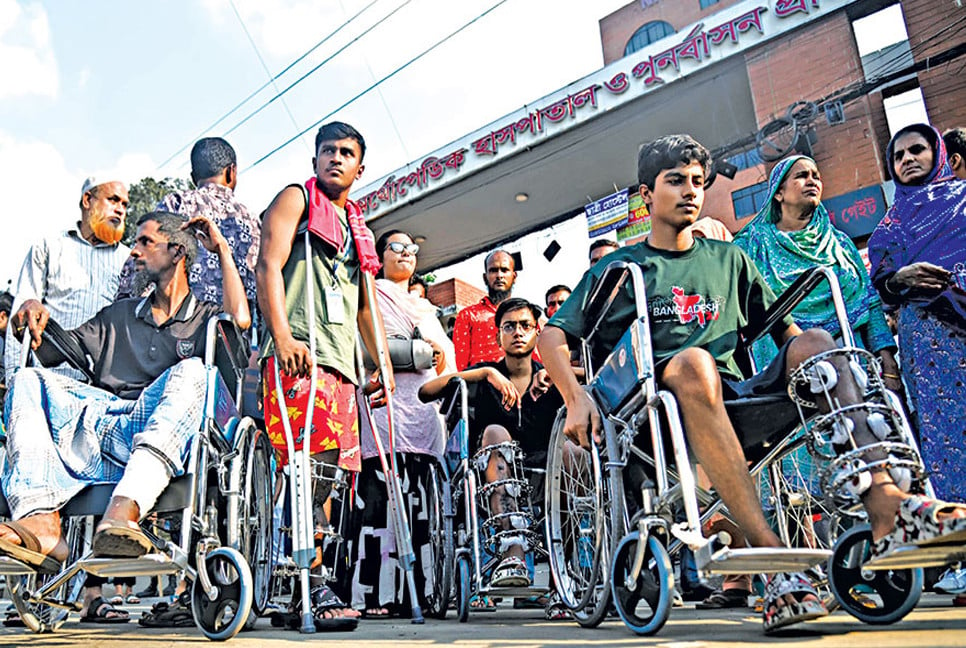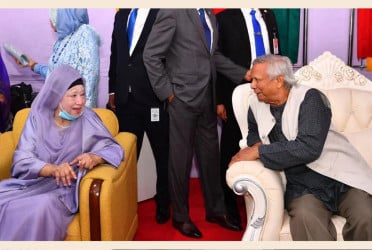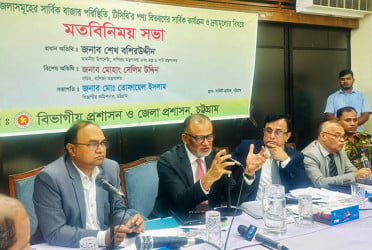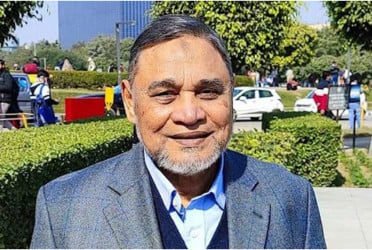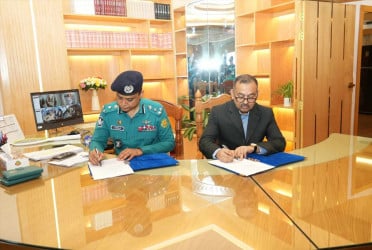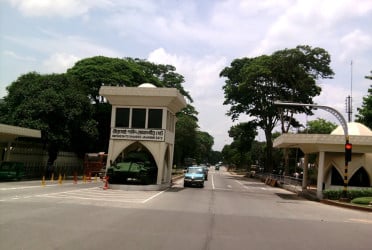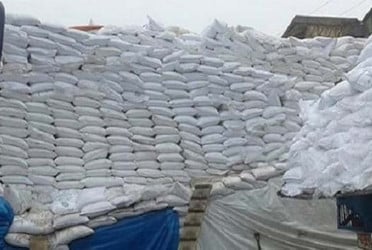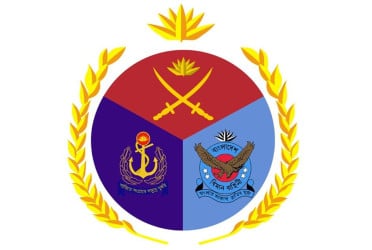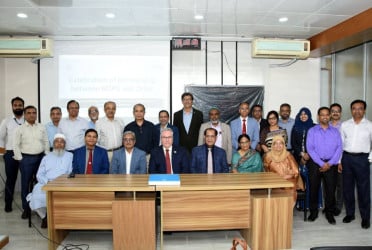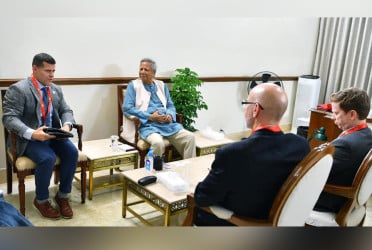The excessive presence of 14 heavy metals including arsenic, lead, nickel, copper, and mercury was found in the blood of seven wounds of the Sitakunda Shipyard tragedy.
It can lead them to serious chronic diseases, doctors express their concern.
The discovery was made during a study conducted recently by the Sheikh Hasina National Institute of Burn and Plastic Surgery.
Their blood samples were tested at the Bangladesh Council of Scientific and Industrial Research (BCSIR) lab. They found several times higher presence of 14 heavy metals including Arsenic, Lead, Nickel, Copper, and Mercury.
One of the researchers of the study and Assistant Professor of Burn Institute, Dr. Ashraful Hoque explained that they tried to scrutinize the amount of the heavy metal in the blood of donors, and whether the level increases after it enters the patient’s body.
All those injured were involved with ship-breaking industry work. Therefore, it is not unusual to have impact of heavy metal on them.
“The presence of heavy metal in the blood of Sitakunda wounds is several times higher than the blood donor’s level,” the researcher added.
“Even if a one-year-old child comes for surgery, we see the higher presence of several metals including Arsenic and Chromium in its blood; he said adding that it is a big health concern for the next generation.
The doctor expressed his gratitude to the Chief Scientific Officer of Central Analytical and Research Facilities (CARF) and the Research Pharmacologist as they helped him find the result of the study.
7 people were admitted to the Burn Institute after being injured in the blast at Sitakunda Shipyard in Chattogram. Of them, five died.
“Two of the wounds survived, but there is a need for more detailed research on the presence of heavy metal in their blood,” the assistant professor furthered.
Doctors said, there is a fear of incurable diseases including lung and nerve complications among the survivors as the side effects of these heavy metals.
(Translated by Afsar Munna)

